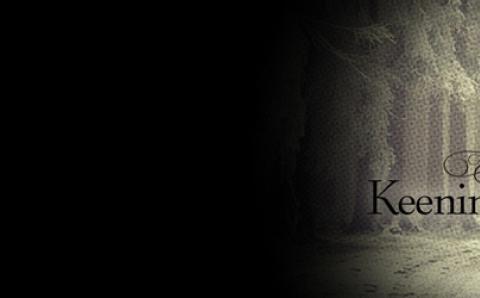Khay Baccam was part of the Tai Dam, aVietnamese ethnic group who had been an ally of American forces during the Vietnam War and had suffered for its partisanship after the fall of Saigon.
He and many others among the Tai Dam sought refuge following the war. An American diplomat named Arthur Crisfield tried to help. He wrote to 30 U.S. state governors with a plea to help the Tai Dam, who wanted a place where they could live together, not just individually.
When Iowa’s then-governor Robert E. Ray read the note, he responded positively because of what he called “the generous spirit of the people of Iowa,” offering the Tai Dam a home in his state. Many Christian Reformed Church congregations participated.
Khay was among those refugees, and his story wasn’t all that unusual. Those who had sided with the U.S. were immensely vulnerable when they were left behind in Vietnam—think “killing fields.”
Khay and his wife escaped the horrors and found less treacherous—but still difficult—safety in refugee camps, where they waited for months while someone else, somewhere else, decided their future.
As a teenager during the war, Khay had worked the black market with whatever contraband he could secure and sell. And there he was in Sioux Center, Iowa, with his wife and a little girl born in the camps in Thailand.
I told his story many years ago at the request of Adrianna Dokter, who had been working with Khay’s family to teach them English. The story, “Chosen for Life,” was published in a series in The Banner.
In January of this year, Khay Baccam died, having been diagnosed with cancer only two weeks before his death. Just 56 years old, he left his wife, Feuang, and five children.
At his funeral, I thought of another funeral, that of Adrianna Dokter, where I learned that Khay had once asked her why she always carried a Bible. She told him, explaining the saving sacrifice of Christ. That's when things changed for Khay and his family.
In 1994, Khay Baccam was ordained in the CRC as an evangelist—the office now called commissioned pastor—with support from classes Iakota and Heartland. The Home Missions committees of those classes supervised his work.
At his funeral, more than half the church was filled with Tai Dam—hundreds of mourners from the Twin Cities, from Des Moines, from Sioux City, from the prairies, its cities, its towns and countryside.
Khay had ministered to them through the years, just as his English teacher, Adrianna Dokter, had ministered to him.
About the Author
James C. Schaap is a writer who lives in Sioux Center, Iowa.




